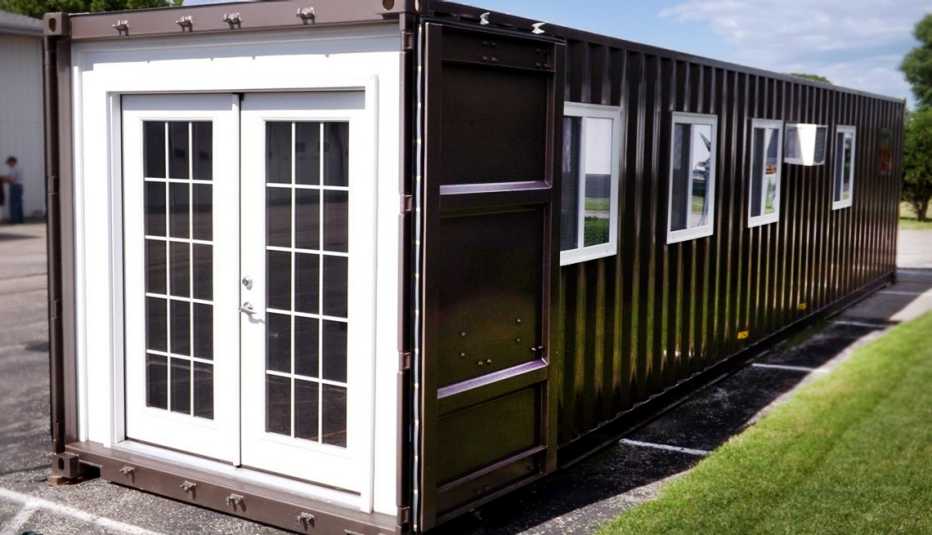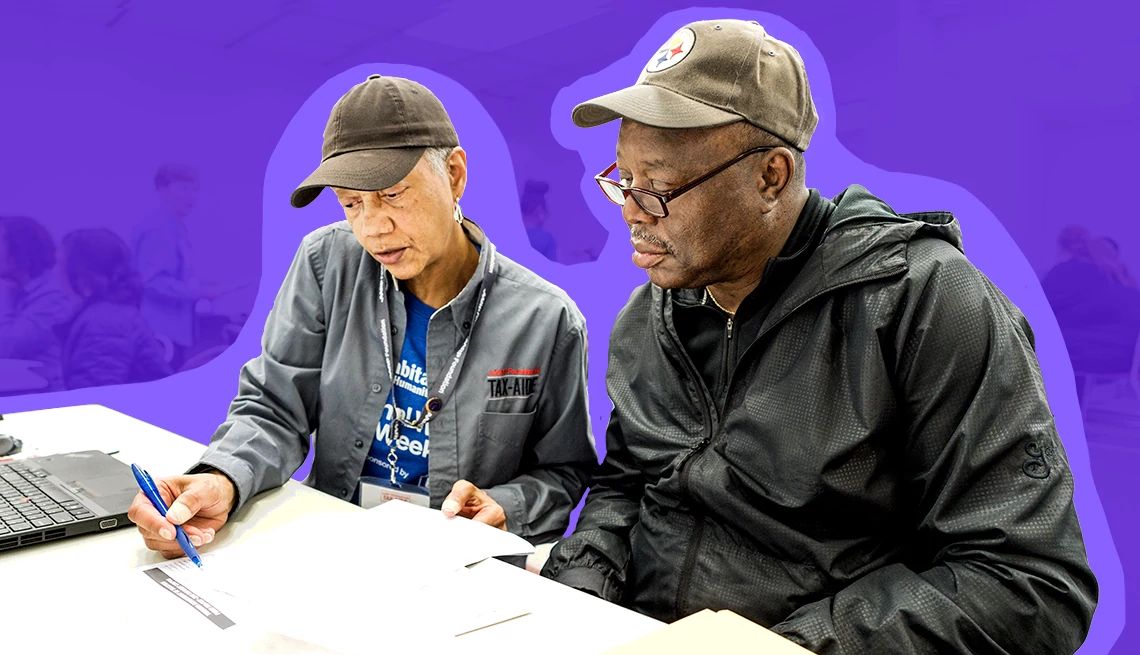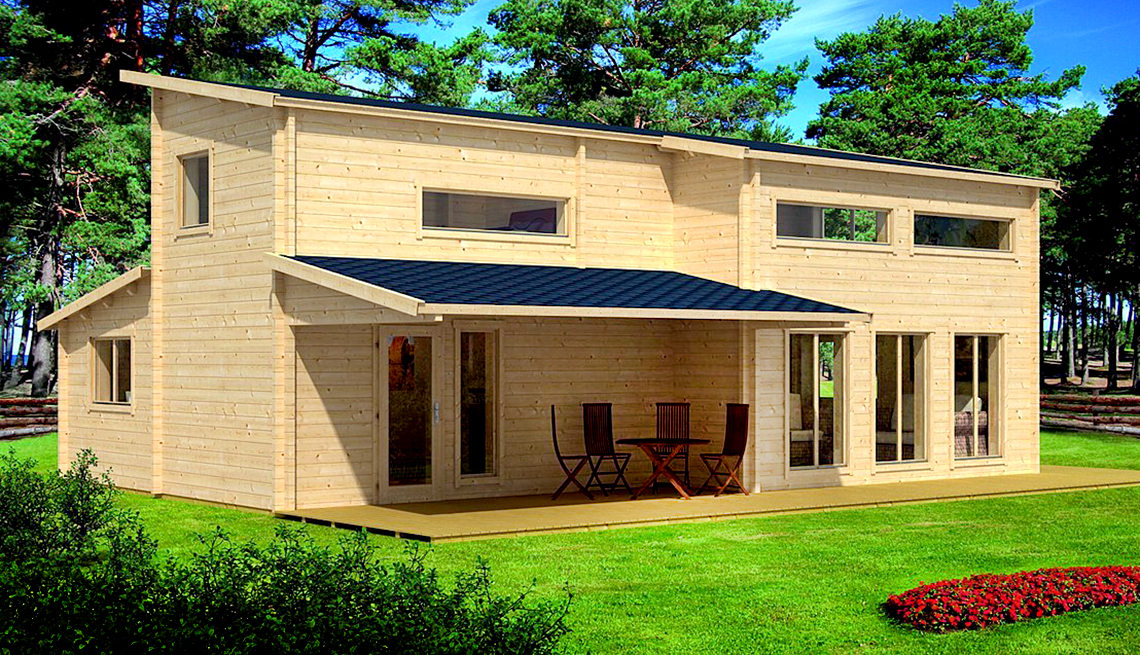Staying Fit
When Amazon launched in 1995, its sole purpose was selling books. Now there’s almost nothing you can’t buy from the online retailer — including houses.
Indeed, over the past week, one particular Amazon listing has been making headlines — the “Pre-fabricated Tiny Home.” For $36,000, plus $3,754.49 for shipping, you can buy a structure that includes a bedroom, shower, toilet, sink, kitchenette and living area. And the 320-square-foot shipping container house — fully insulated, with heating and air conditioning — is delivered right to your door.




AARP Membership— $12 for your first year when you sign up for Automatic Renewal
Get instant access to members-only products and hundreds of discounts, a free second membership, and a subscription to AARP the Magazine.
The structure weighs 7,500 pounds, so it’s a good thing you don’t have to lug it home on top of your minivan. According to the Amazon description, it’s a “perfect solution for a remote tiny home or vacation getaway.” And it has sewer, water and electrical connections.
The item, made by modular home builder MODS International, conjures up memories of the Sears catalog homes sold between 1908 and 1940. The houses, shipped on railroad boxcars, came as massive kits that included everything from siding and lumber to flooring and shingles. They were fairly popular, with Sears, Roebuck and Co. selling more than 70,000 of them.
There’s no doubt the concept of living in smaller dwellings is catching on — especially among older people. Tiny house communities are springing up throughout the United States, with about 2 of 5 owners over the age of 50. Sometimes called “granny pods,” tiny homes can be ideal for those relocating to be closer to relatives but who also don’t want to live under the same roof.
There’s even a Small House Society, which says that the growing popularity of tiny homes is much more than a trend.
“It’s not a movement about people claiming to be ‘tinier than thou’ but rather people making their own choices toward simpler and smaller living however they feel best fits their life,” the group told Houzz in 2015.
In addition to the $36,000 tiny home, there’s a wide range of other housing alternatives also available on Amazon.
For example, the Allwood company sells its Kit Cabin Lillevilla Escape, a 113-square-foot house — without a bathroom — for $4,390. And Allwood's Eagle Point is a two-story home — with 712 square feet on the bottom floor and 396 square feet on the top — for $46,900, plus free shipping.

































































